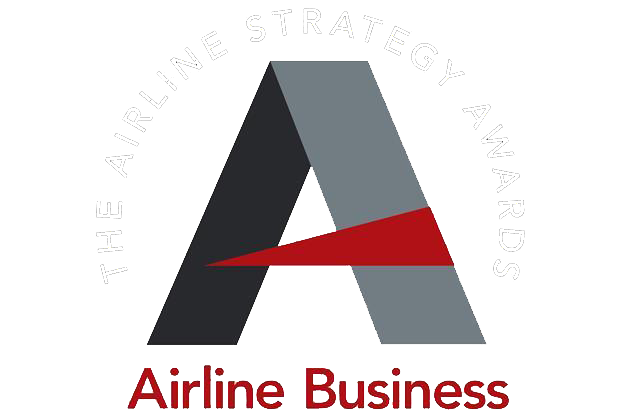Bespoke fortunes
You either love hubs or hate them. A government department has accused the US majors of continuing to use their hubs to raise fares and keep out new entrants. At the same time, an investment bank has emphasised how important hubs are to the major carriers by producing a comprehensive ...
Keep reading this article by becoming a FlightGlobal member now
PLEASE REGISTER FOR FREE OR SIGN IN TO CONTINUE READING

You have reached your limit of free articles for this period. Register for a FREE account to read this article and benefit from:
- Increased access to online news and in-depth articles from:
- FlightGlobal Premium covering the global aviation industry
- Airline Business providing insight for business leaders
- Weekly newsletters on topics across the industry

